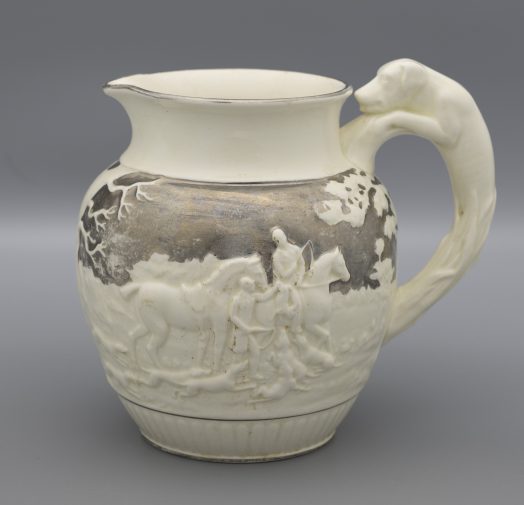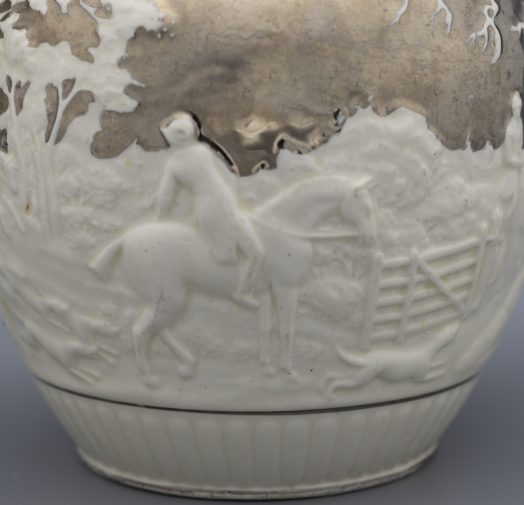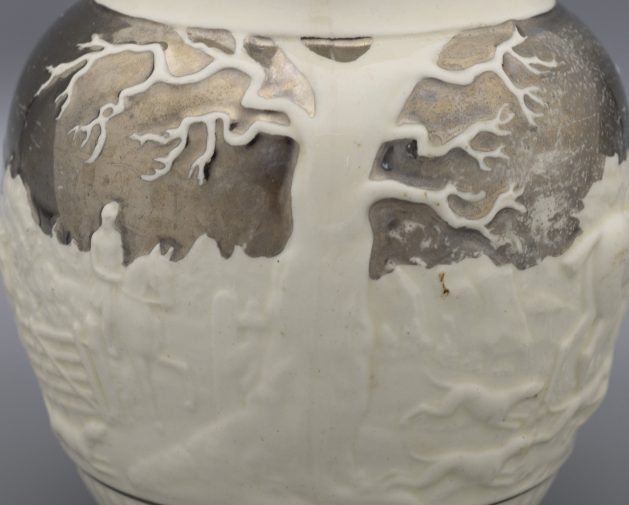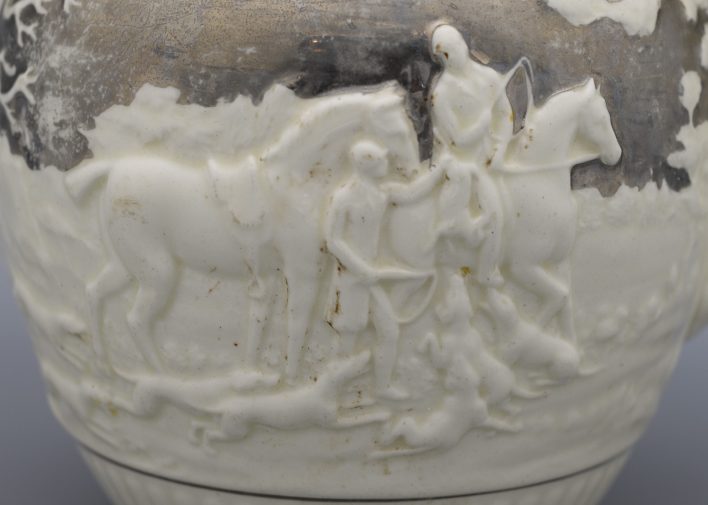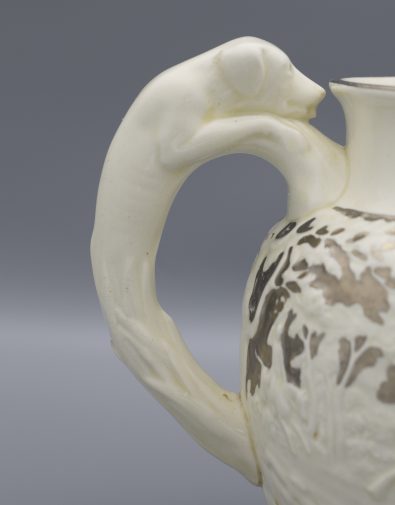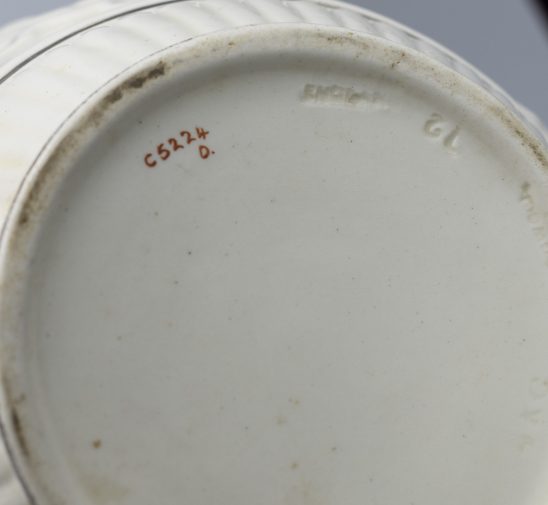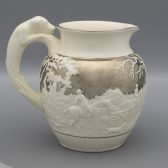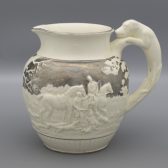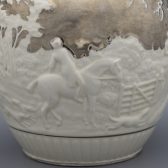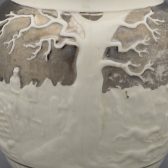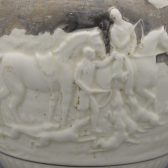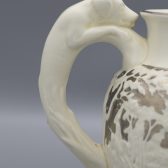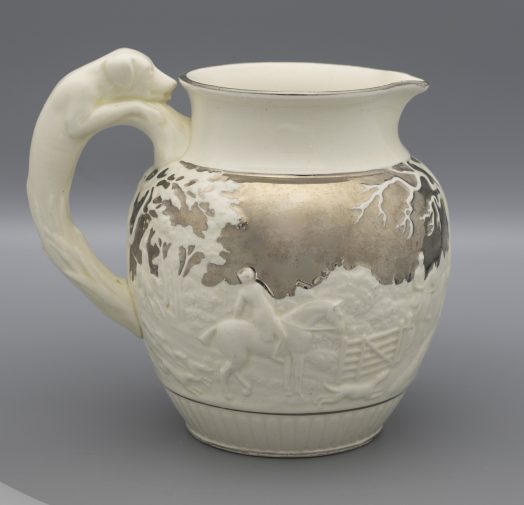
Antique English Lusterware Wedgwood Pitcher
Lusterware, with its shimmering metallic glazes and rich history, is a ceramic that has captivated collectors for centuries. Whether you’re a seasoned collector or just beginning your journey in the antique field, lusterware offers another glimpse into the world of decorative arts. The name “Lusterware” arises from the iridescent or luminous effect imparted to glazed ceramics which, following the initial firing, have been taken through further treatment with metal oxides, and then followed by a second kiln-firing. Traditionally copper and silver oxides were used but the range has been extended to include salts of gold, platinum as well as other types of alloys. The process involves decoration of the glazed ceramic with the chosen metallic oxide, re-firing in a reducing atmosphere at a temperature sufficient to soften the glaze (typically around 1100 degrees centigrade). A lengthy process but the end result is gratifying.
A lovely early 20th century large Antique English Lusterware Wedgwood Pitcher depicting two wonderful scenes of a hunt. There is a hound located on the handle. Also, there are small hounds near the horses with their riders- both scenes depict classic English hunts.
A Lusterware Pitcher can be used for various purposes beyond just display. Besides holding beverages, they can be used for flowers whether fresh or silk as well as grasses and other decorative objects.
